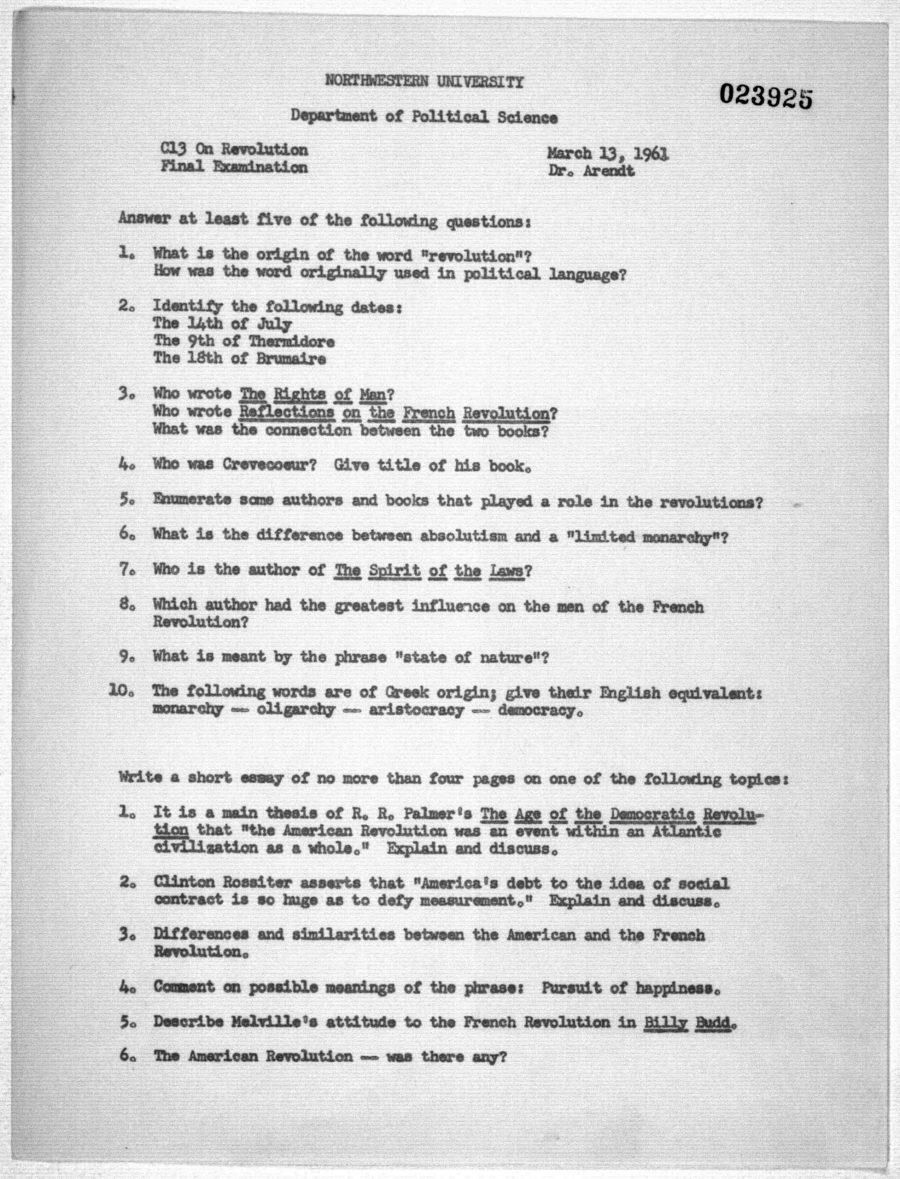Like everyone else in COVID-19 isolation, Juilliard students are itching to get out and play. For them, the desire is a little more of an imperative. Without meeting and rehearsing together, these dedicated artists at the beginning of their careers can’t hone their skills. “In normal times,” writes Benjamin Sosland at the Juilliard Journal, “Juilliard’s halls are buzzing with collaborations: string quartets, jazz ensembles, and singers rehearsing in practice rooms on the fourth floor; dancers creating new choreography on the third floor; HP students embellishing bass lines together in Room 554, the main harpsichord studio; actors doing ensemble work in the legendary Room 301.”
Social distancing has been a sacrifice for these artists, but rather than give it up, they’ve made the best of things with the edited collaboration just above, Bolero Juilliard. It’s easy to lose sight of the fact that this is a collage of individual performances, even though that’s exactly what we see before our eyes.
The movements are so well choreographed, the performances so pitch perfectly timed, that we suspend our disbelief. We do not hear the flubbed lines, missed cues, sour notes, and cracked jokes that must happen at even the highest levels of performance. But you too would put your best foot forward if you knew you’d be performing (in a sense) with such illustrious Juilliard alumni as Yo-Yo Ma, Laura Linney, Patti Lupone, and Itzhak Perlman, all of whom make an appearance.
“Proposed by [Juilliard] President Damian Woetzel and under the artistic leadership of choreographer… Larry Keigwin,” Sosland reports, the virtual collaboration brings together “dancers, instrumentalists, singers, actors, and alumni” in a version of an in-person piece Keigwin has staged in 14 cities around the U.S. over the past several years. Maurice Ravel’s Bolero is itself “a particularly collaborative composition in that it passes the melodic theme through a series of solos,” Grace Ebert writes at Colossal. “The sequential performances highlight the distinct tones and sounds of each instrument, whether it be a flute, violin, or the anomalous saxophone.”
It is a piece that directly expresses the experience of playing together in isolation, which is perhaps why the New York Philharmonic also chose to play Bolero, together while apart in a video tribute to “the healthcare workers on the front lines of the COVID-19 crisis.” Without the intense choreography and painstaking montage effects of Bolero Juilliard, the video doesn’t sustain the illusion that these musicians are actually playing together, but close your eyes and you may imagine you’re in the audience, listening to them from the stage instead of from their homes. It’s something these musicians clearly do joyfully, out of gratitude and love of their art… and also probably because it’s how they’ll have to play together for the foreseeable future.
via Kottke
Related Content:
Hear a 1930 Recording of Boléro, Conducted by Ravel Himself
The Met Opera Streaming Free Operas Online to Get You Through COVID-19
Metallica Is Putting Free Concerts Online: 6 Now Streaming, with More to Come
Josh Jones is a writer and musician based in Durham, NC. Follow him at @jdmagness








